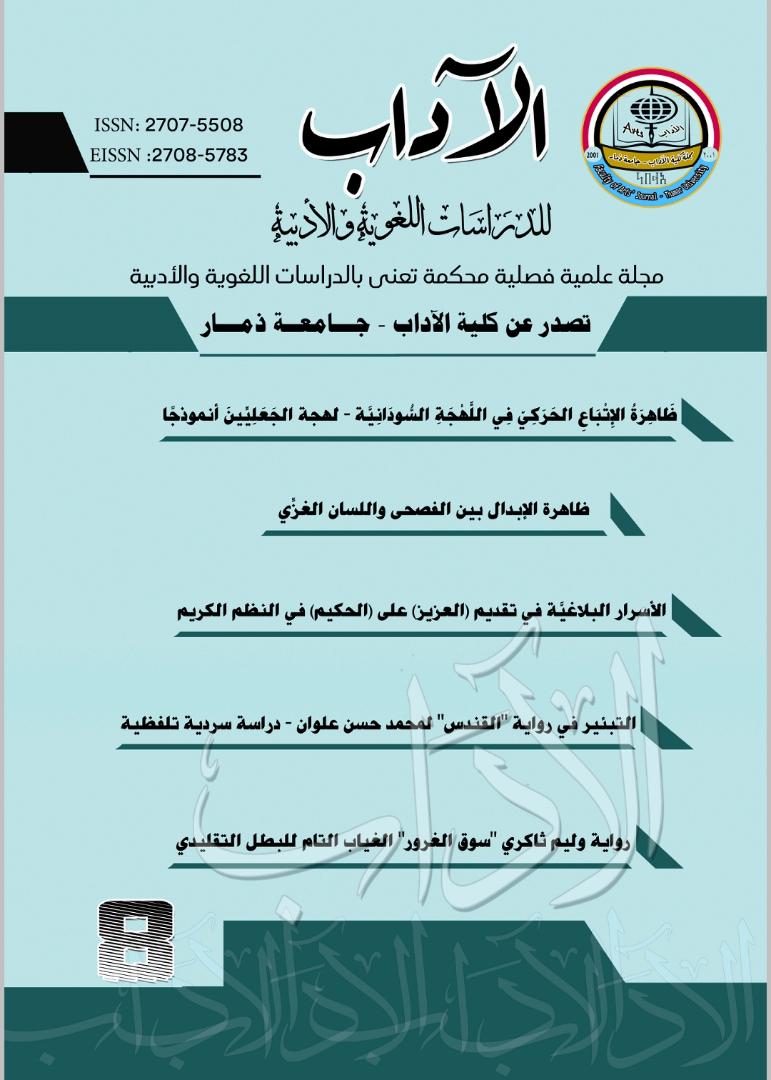Classism, Stereotypes, Persecution, and Man’s Inhumanity to Man in
DOI:
https://doi.org/10.53286/arts.v1i8.305Keywords:
التمييز, الاضطهاد, النمطية, البشتون, الهزارةAbstract
This paper aims to shed light on issues like classism, stereotype, and persecution as represented in Hosseini’s The Kite Runner. This paper is directly concerned with the reasons beyond these issues and their influence over the inner and outer life of people. To understand them well, I approach them through four central questions: How do we conceptualize the terms “classism, stereotype, and persecution”? What are the causes of such awful issues? Who do these issues really benefit and who are their victims? What effects do these issues have on the marginalized? After conceptualizing these issues, in this paper, I attempt to study the reasons beyond them which are social structural factors and social psychological factors. This paper aims to unveil the ugly face of these issues and to reflect the deleteriousness that they have on the disrespected people. By providing some examples from the text, it is shown that while the Sunni Pashtuns are the masters and rulers of the country, the Shi’a Hazaras are servants who are marginalized that they have no equal rights in all fields of life: socially, economically, politically, educationally, etc.Downloads
Downloads
Published
How to Cite
Issue
Section
License
Copyright (c) 2021 منصور جارالله سرحان

This work is licensed under a Creative Commons Attribution 4.0 International License.
Copyright and Licensing
copyright is retained by the authors. Articles are licensed under an open access Creative Commons CC BY 4.0 license, meaning that anyone may download and read the paper for free. In addition, the article may be reused and quoted provided that the original published version is cited. These conditions allow for maximum use and exposure of the work.



